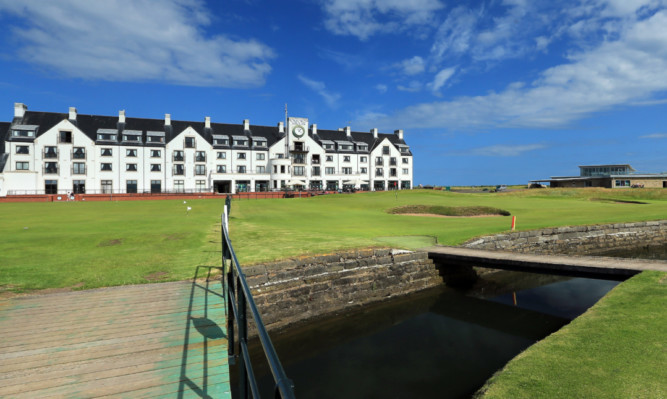An increase in consumer confidence in the UK’s economic outlook has provided a boost to Scotland’s hotels sector.
New figures from business advisory group BDO showed that room occupancy rates north of the border dipped to an average of 79.2% during May but remained significantly ahead of the 76% figure of the UK as a whole.
However, despite the marginal downturn in occupancy, the average revenue achieved per room increased by 7.4% to £59.72, more than £12 per night ahead of the UK average of £47.23.
English hotel room yields came in at £45.11 during the month, while average room revenues in Wales increased to £44.01, a 17.8% uplift year-on-year.
In Scotland, Glasgow had the strongest demand for rooms during May at 86.3% occupancy, while the oil capital Aberdeen was the most expensive place to stay with an average room rate of £78.61.
“The slight fall in occupancy experienced across Scotland’s hotel sector is to be expected when there is an increase in revenue,” BDO’s Alastair Rae said.
“As prices rise there is a natural settling of the level of occupancy, and we can see that as the tourism season developed Scotland has soared ahead of the rest of the UK both in terms of occupancy and revenue.“
Mr Rae said the upturn in the hotel sector this year had put it on track for its best financial display since 2007.
“Given the close link between discretionary spending and hospitality it is clear that the growing economic confidence is being mirrored in increased leisure spending,” Mr Rae said.
“The sector now needs the return of corporate hospitality spending to pre-recession income levels, and there are indications that this is occurring, albeit, cautiously.”
BDO’s hotel trends survey has been published since the early 1970s and is predicated on answers from a broad range of mid-market hotels.
